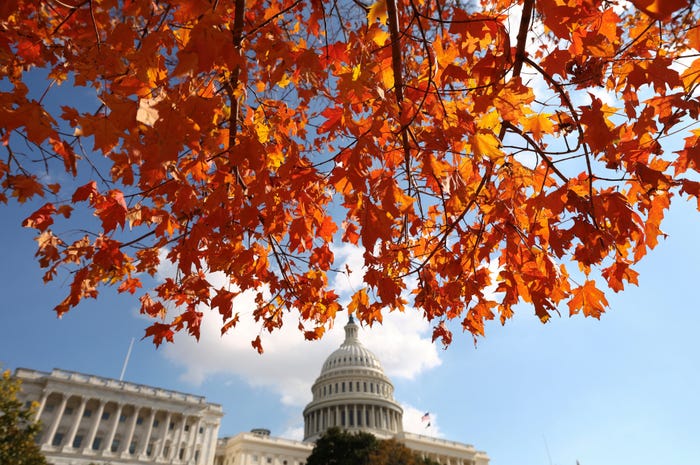The ongoing government shutdown in the United States has reached a historic milestone, becoming the longest in the nation’s history at 36 days. Initiated at 12:01 a.m. on October 1, 2023, the shutdown stems from a funding impasse in Congress. As it drags into November, millions of Americans are experiencing significant disruptions to essential services, federal benefits, and travel.
The impact of the shutdown is widespread. Travelers face delays at airports, national parks are accumulating trash due to a lack of staff, and critical safety net programs are running short on funds. Federal workers have been furloughed or are working without pay, leading to financial strain for many households.
Consequences for Millions of Americans
The shutdown has jeopardized vital programs, most notably the Supplemental Nutrition Assistance Program (SNAP), which supports approximately 42 million Americans in affording groceries. Although a late-October court order mandated that SNAP could use emergency funds to partially pay for November benefits, President Donald Trump announced on October 31 that these benefits would not be distributed until the shutdown concludes.
Additionally, thousands of low-income families are at risk of losing access to Head Start programs. Childcare centers in 14 states have already begun to close. Other programs such as Temporary Assistance for Needy Families (TANF) and Special Supplemental Nutrition for Women, Infants, and Children (WIC) may also face interruptions in their services. While Social Security, Medicare, and Medicaid payments continue as normal, the uncertainty surrounding these essential programs is causing concern among recipients.
Federal employees are feeling the financial pinch as well. Reports from various agencies indicate that many have gone weeks without pay. Employees have shared with Business Insider that they are cutting back on children’s activities, home repairs, and other expenses due to the ongoing uncertainty. Some workers express anxiety over potential layoffs, with recent cuts by the Trump administration currently blocked by a court order. The White House has indicated that affected federal workers are not guaranteed back pay once the government reopens.
Travel and Public Services Affected
The shutdown has raised alarms among airport staff and travelers alike, especially as the holiday travel season approaches. Employees have described feeling overwhelmed and understaffed while working without compensation. National museums, parks, zoos, and historical sites are either partially operational or completely closed, further limiting public access to federal resources.
The Senate remains at an impasse over a spending plan that could reopen the government. Although the House passed a preliminary budget agreement on September 19, further negotiations stalled due to contentious issues surrounding funding for Affordable Care Act (ACA) subsidies and Medicaid. Democrats are urging Republicans to extend ACA subsidies beyond their December 31 expiration date and to reverse changes made in President Trump’s One Big Beautiful Bill Act.
In a statement on October 6, Trump criticized the shutdown, stating, “Democrats have SHUT DOWN the United States Government right in the midst of one of the most successful Economies, including a Record Stock Market… This has sadly affected so many programs, services, and other elements of Society that Americans rely on — And it should not have happened.”
To resolve the shutdown, Congress must agree on a temporary or long-term spending plan, which would then require Trump’s signature. Given that most government funding is designated for specific programs, the stakes are high as negotiations continue.
As the situation develops, countless Americans await clarity on when essential services will resume and when federal employees will receive their overdue paychecks.







